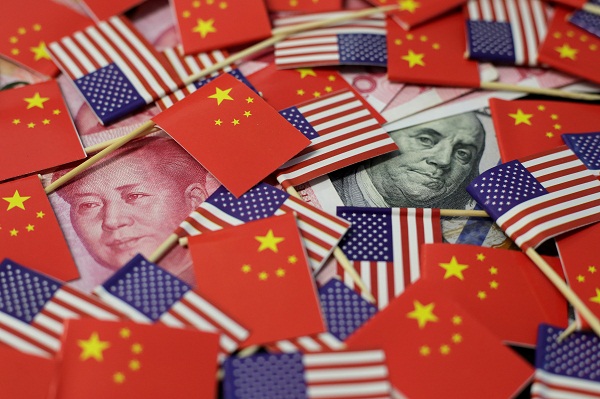
The transition from an all-out to “practical contest” presents a space for the Indo-Pacific. Much has been reported on proactive US conflicts with partners and associates in the Indo-Pacific zone, evidenced by the statement of an enhanced Australia-UK-US trilateral security association (AUKUS) and the earlier, in-person Quad Leaders’ Summit between Australia, India, Japan and the United States. This is a remarkable string of actions, described to represent the “move the world by the strength of our pattern” mantra introduced by President Joe Biden during his initial foreign policy address at the US Department of State earlier this year. But perhaps more notably, these advances also illustrate the starting stages of a thorough method by the Biden management to simplify “effective competition” with China, as asserted in Biden’s explanations at the 76th session of the UN General Assembly.
This “responsible struggle” concept serves as an adopting of the contemporary proposition expressed by Secretary of State Antony Blinken: “Our liaison with China will be aggressive when it should be, collaborative when it can be, and antagonistic when it must be. The common statistic is the demand to involve China from a stand of firmness.” Realising that their unrivalled system of associates and colleagues remains one of the vital ingredients of the United States’ “stick of stability.” The Biden legislature undertakes to reinforce ties with associates and companions.
The target is to construct an adequate coalition to establish its deep competitiveness vis-à-vis China and use greater pressure on Beijing to operate according to a rules-based global conduct in the Indo-Pacific, while also lessening the intimidation of conflict and avoiding a direct encounter in a Cold War “zero-sum” attitude. The United States likewise seeks to stimulate an “integrated pre-emption,” with politics at the foundation. They designed this technique to utilise both military and non-military tools to progress forward and force estimation, and build stronger defence assistance and enhanced coordination with allies and partners.
In this structure of deterrence, AUKUS serves as an illustration of alliance-based defence corporations, integrating the United States’ present military and insurance provisions in the world, while the Quad represents a unique scheme of US’ regional arrangement, with a focus toward satisfying the country’s possible desires.
The US has been closely following China’s gain on American technological organisations; it has looked to limit American assets and the innovative technology shift to Chinese companies related to the navy or domestic surveillance sectors; ban Chinese IT giants such as Huawei and ZTE from engaging in the US; and demand friends and participants to avoid incorporating the Chinese 5G system.
Through the Quad, Washington proposes to encourage a pattern of proper policy and evolution for the Indo-Pacific region based on regulations of openness, scope, clarity, and the power of legislation. The Quad aims to require social properties for regions in the land, including COVID-19 vaccines and health and developing machinery, cybersecurity and distance data experience, etc. These are all sections of serious local application, expressing a US-managed collective resolution to perform a principal model of advancement to China’s Belt and Road Initiative. At the same point, the United States maintains its eagerness to collaborate with China. The Biden committee recognises the trouble of negotiating with important global challenges such as temperature modification, the COVID-19 pandemic and a comprehensive universal economic reconstruction without pragmatic partnership with China and diverse foreign authorities. In addition, China continued to be the United States’ largest business associate in 2020.
Should tensions last, the US and China can commit themselves to other stakeholders in the region, especially ASEAN. With its central role in sponsoring the regional arrangement, ASEAN can participate as a promoter, integrating the China-US “responsible competition” in the strongest earnings of the region. ASEAN can cooperate to disseminate social stocks in a more impressive way through close dialogue and regulation, either with ASEAN as a whole, or with ASEAN member states.
In essence, ASEAN and the region can improve from the transformation from all-out competition to “responsible competition” between the US and China. But whether it can at this moment is to be determined.
The writer is Assistant Professor in the Department of History and Pakistan Studies at Forman Christian College University.
The Biden legislature undertakes to reinforce ties with associates and companions.
Source: Published in The Nation

